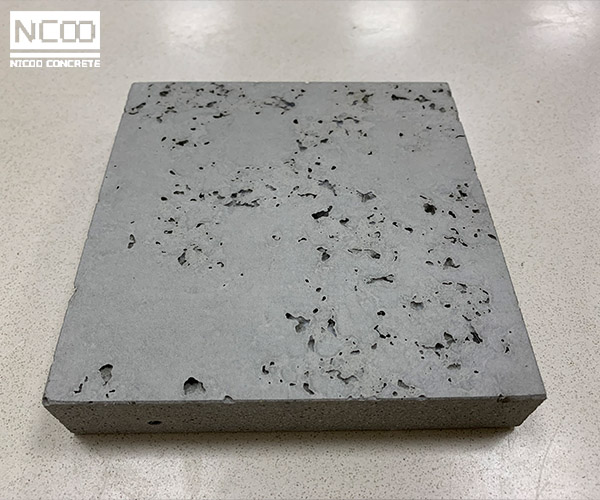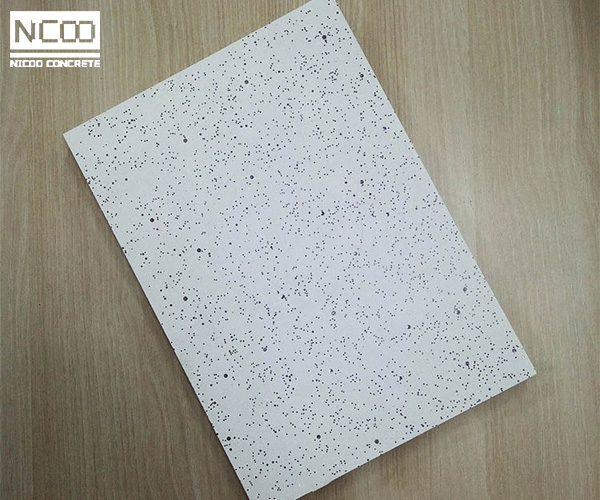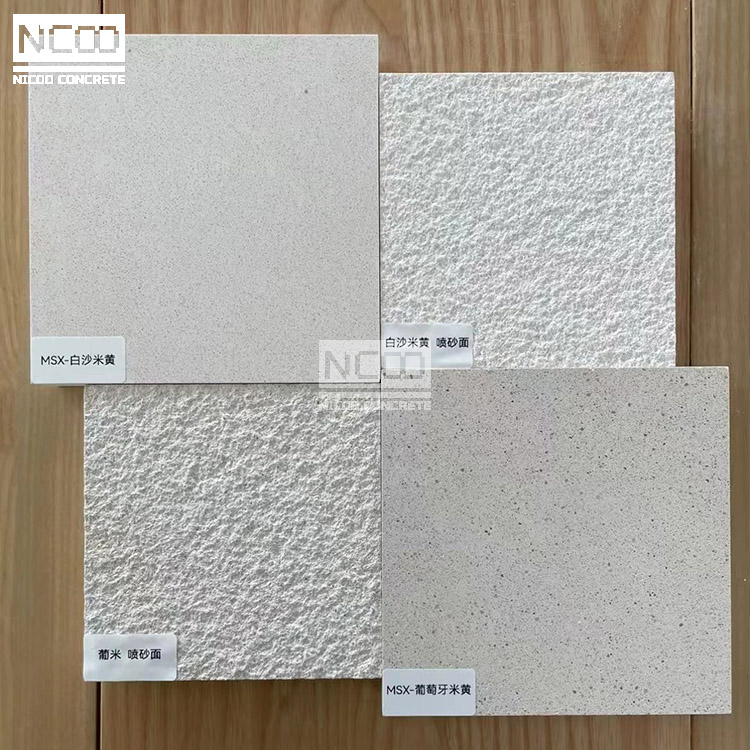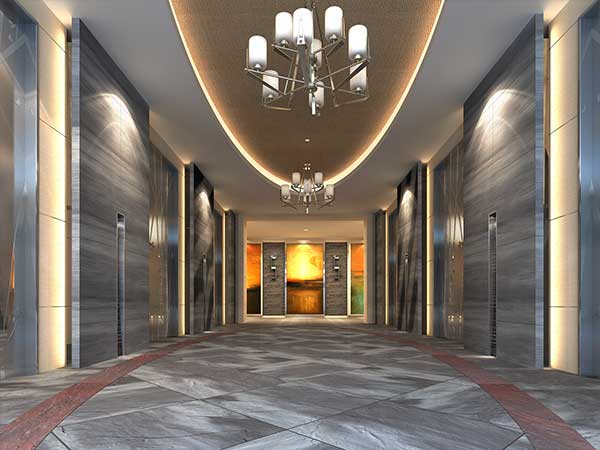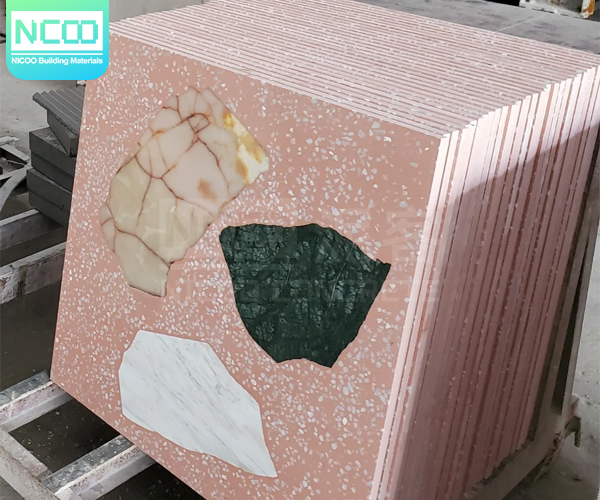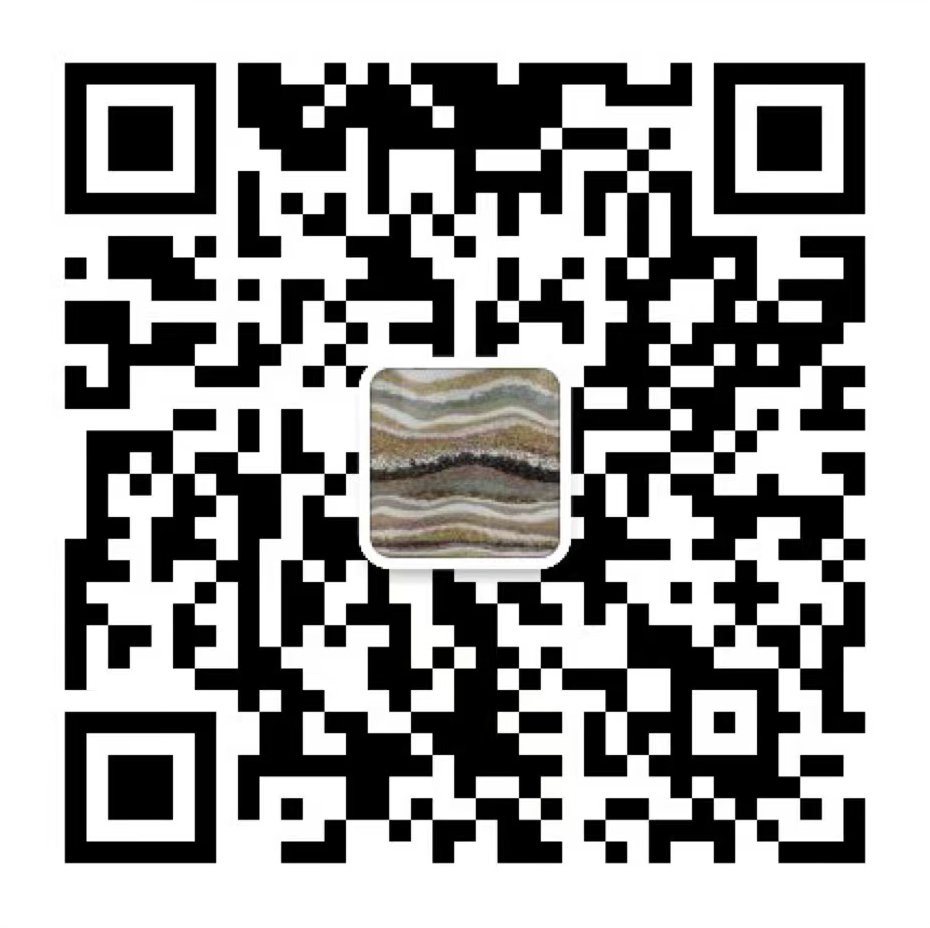Introduction and Application of Light Transmitting Concrete
Introduction and Application of Light Transmitting Concrete
Light transmitting concrete, as the name suggests, is concrete that can transmit light. Translucent concrete first appeared in 2001, and was made by Hungarian architect Alon Rossonic.
Description
Light-transmitting concrete is a new type of building material that combines concrete basic building materials and light-conducting materials. It is based on high-strength prefabricated fair-faced concrete and is composed of light-conducting fibers with a total volume of about 5%.
Optical fibres are one which helps for transmission of light through fibre. Optical fibres transmit light so effectively that there is virtually no loss of light conducted through the fibres, without light-heat, light-electrical or photochemical process, and photo elastic effect. This type of concrete can be installed at average cost of construction and increasing the visual appearance.
For artificial or natural light to be conducted from one end to the other through the concrete, the light-transmitting material must pass through the entire object. Light transmitting concrete, also known as translucent concrete, achieves artistic decorative effects through the interaction of light and walls. According to the different layout of the light guide material, different densities can achieve different decorative effects.
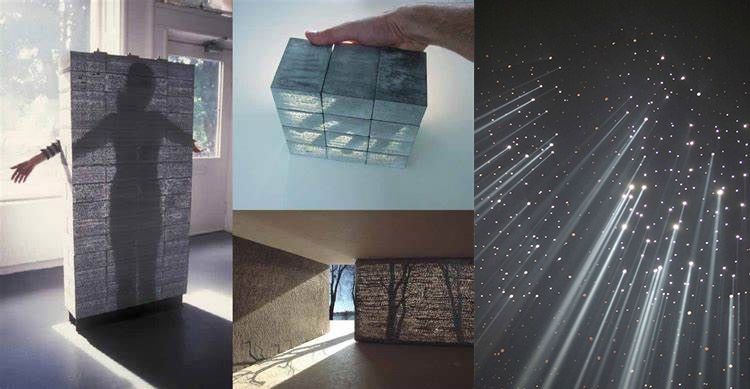
Feature
* New design,energy-saving, easy to maintain.
* High strength, high-temperature resistance, wear resistance, durability
* Without any added substances, it is made of environmental materials and can be used safely indoors and outdoors
* Low-loss optical window in the light-visible area, and ability to transmit visible light from end to end, but not including
ultraviolet or infrared light. The light transmittance (light transmission effect) is not affected by the change of product
thickness.
* No conductivity or heat transfer(Through the fibers no electrical power is sent, they remain always cold )
* As long as light is shining on one side of the light-transmitting concrete (monochromatic light or 7 color light), it will be
able to see these lights (non-guided infrared light) from the other side of the concrete. These lights can be both chaotic and heavenly like the star in the sky; it also can be arranged in different shapes according to actual needs, such as characters, text, drawings, etc.. Because of the concrete itself has a solid, heavy-duty, thermal insulation, light and transparent materials.
And concrete composite, can be made into garden construction products, decorative plates, decorative blocks, can also be used to make a variety of building materials.
* The product is produced in a prefabricated form. The size and surface style of light-transmitting concrete can be customized according to customer requirements.
* Lighting transmitting concrete type: translucent concrete panels, translucent concrete bricks, translucent custom concrete board, translucent Concrete formwork products, translucent concreting of cast-in-place.
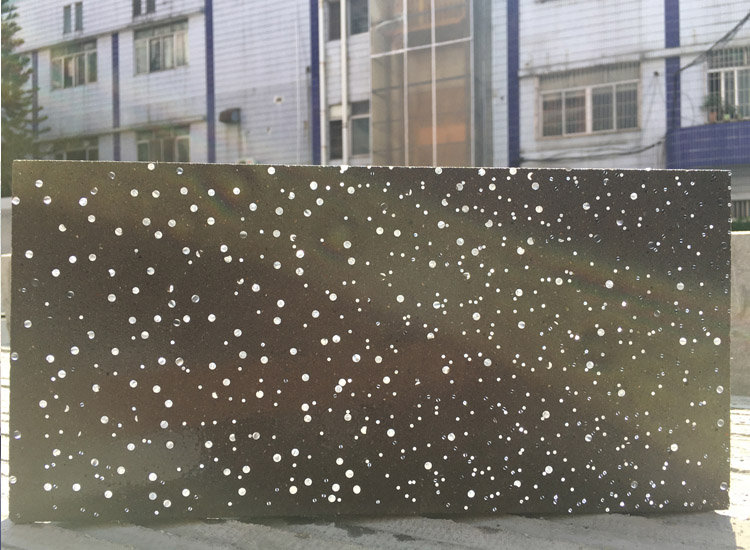
Manufacturing Process
The manufacturing process of light-transmitting concrete is basically the same as that of ordinary concrete, and the light-transmitting material is dispersed throughout the aggregate and mixed with cement. The production of light-transmitting concrete is divided into light-transmitting concrete product molds, distribution of light-guiding materials, maintenance, grinding and polishing, and six-sided surface protection treatment. In the process of making light-transmitting concrete, the crafted products should be refined in advance. The refined drawings of light-transmitting concrete products should be fine to the millimeter level, and corresponding molds should be made according to the drawings. The raw material formula is adjusted to make its fluidity and strength meet the requirements of the product. After the pouring is completed, the poured product should be maintained to ensure its strength and decorative effect. Afterwards, the surface should be polished to achieve a decorative effect. The finished light-transmitting concrete should be coated with concrete protective material on six sides to make the surface anti-fouling and waterproof.
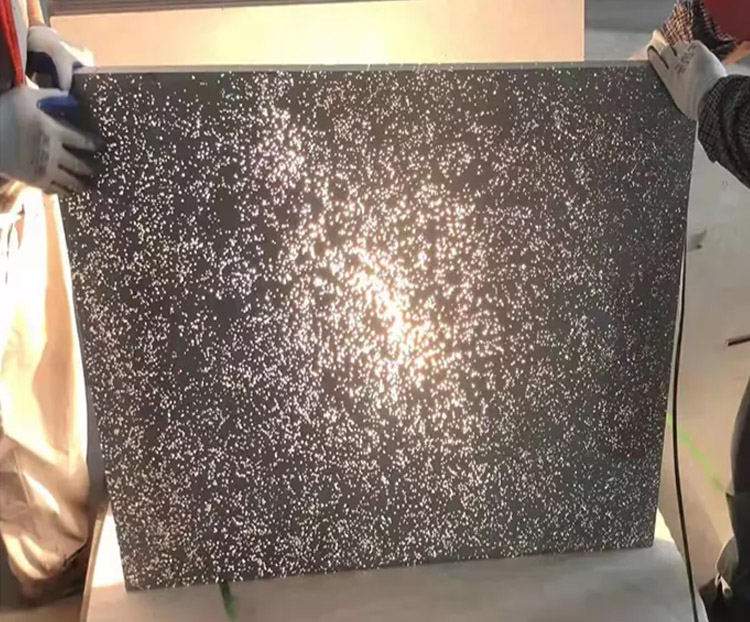
At present, light-transmitting concrete is roughly divided into three types: point type, linear type and customized type. Point class and line class are fixed styles, while custom classes can be made according to design patterns and computer drawing operations. The common thickness of light-transmitting concrete is 30-50mm, the conventional size is 900*600*30mm, and other sizes can be customized and cut.
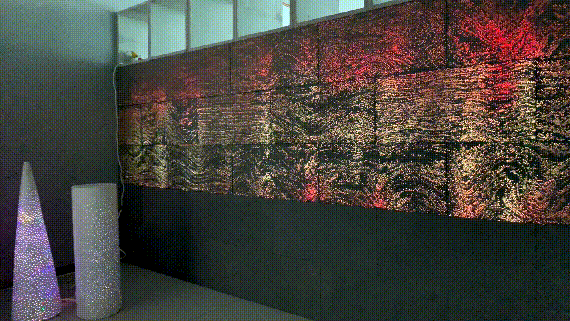
Light transmitting concrete colors include concrete color, white, black, etc., but most users are gray and white. Today, light-transmitting concrete is used in various fields with its unique decorative properties. In the field of construction, light-transmitting concrete is mainly used for the facade of buildings. It can be dry-hanging in the form of slabs or masonry in the form of bricks. Has good privacy and lighting.
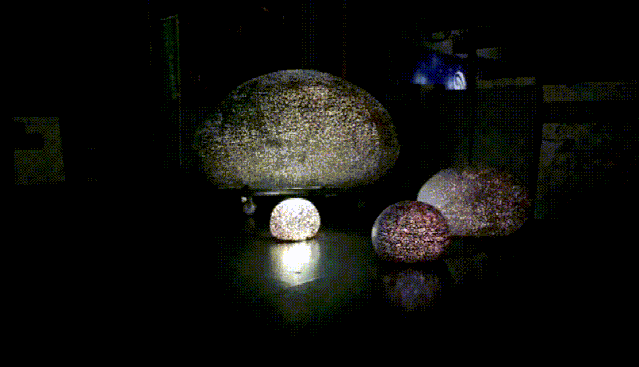
Why choose inorganic travertine?
New building material prefabricated inorganic traverteite plate.NICOO can provide free samples, so that customers more intuitive to see the quality of traverite plate.
How to Identify the Quality of Flexible Stone
China professional manufacturer NICOO teaches you to identify the quality of flexible stone.
Unique Design 800*800 Potato Powder Large Particle Terrazzo
Puzzle style reinvention, custom design is a bit miscellaneous; Both have chosen to firmly take the customized route, this is today's production line master said the most warm words; Okay, so let's continue with the size effect... !
What is Rammed Earth Board?
First of all, correctly distinguish rammed earth board texture and rammed earth wall coating texture.



